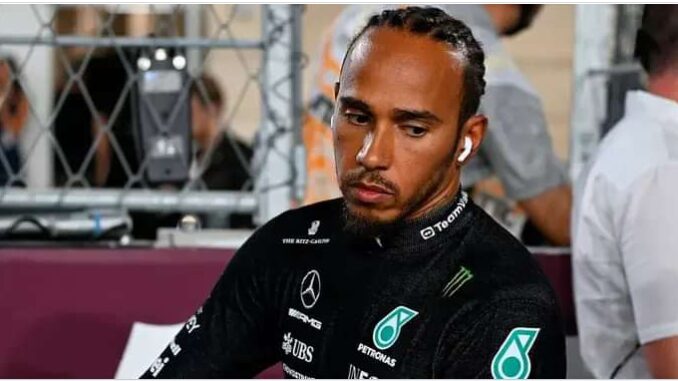
Lewis Hamilton has rarely been shy about criticizing his Mercedes car this season, something technical director James Allison admits not always helpful
As much as Lewis Hamilton’s critical comments often help Mercedes, technical director James Allison admits it can sometimes be a hindrance.
Having driven eight consecutive Constructors’ Championship-winning cars, Hamilton is used to having the best machine on track every season. That changed last year when the team was unable to adapt to new regulations as quickly as some of its rivals.
And the Silver Arrows have been catching up ever since. Despite the W13’s flaws, a similar philosophy was applied when creating the W14 for use in this year’s championship.
Mercedes realized within the first few weeks that a significant change was needed and a more conventional aerodynamic package has been adopted since then. However, because it arrived too late, the team still had to catch up with champion Red Bull.
Over the past two years, Hamilton has rarely missed an opportunity to criticize his car. At some point during most of the weekend’s races, he lamented that he did not feel as comfortable in the W14 as he would have liked.
His most notable outburst came after the season-opening Bahrain Grand Prix, when he publicly criticized Mercedes’ design chiefs. The seven-time world champion said his ideas were not listened to even though he “knew what the car needed”.
Hamilton’s criticism was aimed at technical director Allison during his appearance on the F1 Nation podcast. When asked whether his team’s development efforts are helped or hindered by such comments, he admitted that “a little bit of both” is happening.
He said:
“I think pilots sometimes confuse identifying a problem with knowing the solution.” This helps a lot in accurately describing the difficulties in extracting a car’s lap time.
“If they can say, ‘Here it is letting me down because the front axle is too weak, here it’s letting me down because the rear axle is too weak – here, it just feels bizarre and I don’t trust it’, that’s ever so helpful because you can have a million pressure sensors on the car, loads of load cells, accelerometers up the ying yang but, ultimately, those are a little bit sort of stunted in their ability to tell you truly what the car is doing.
“The driver is a much better sensor. So if a driver says, ‘The car is lacking rear downforce, bang, I’ve solved it, go to the rear downforce shop, get me some downforce’, then that’s the point where it becomes slightly less helpful. But, at that point, we just have to accept the car is lacking in a certain thing and it’s our job as Lewis rightly points out.
He doesn’t design the car, it’s our job to respond with the solutions that bring that. But I think he can fairly say that he and George [Russell] have been exceptionally consistent about the car since the first laps of this car’s 2022 cousin and The 2023 version also inherited the same behavior and we were slow. reactive, slow to repair.”

Leave a Reply